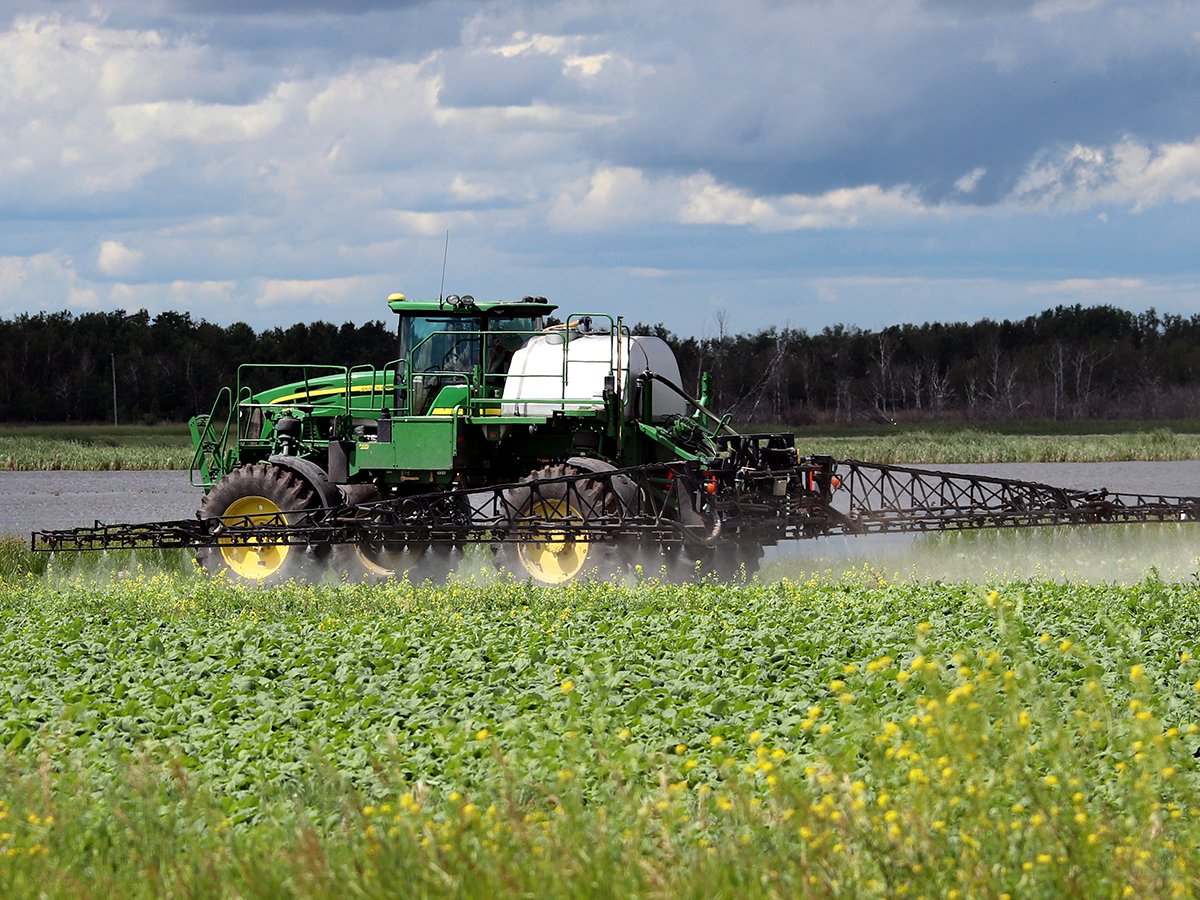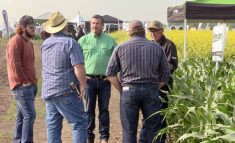Three decades old | Soil conservation, rotations have since improved
New fertilization recommendations for southern Alberta are expected to be ready this spring, replacing Alberta Agriculture data that is almost 30 years old.
Researcher Ross McKenzie, who prepared the original data, is now part of a team developing new recommendations.
Improved varieties, a wider range of herbicides and disease control methods and better water management from improved irrigation technology have all affected crop fertilizer needs and efficiency, McKenzie told the Irrigated Crop Production Update in Lethbridge Jan. 31.
“There’s a lot of things we can do much better now compared to 30 years ago and as a result, fertilizer response curves that we developed 25, 30 years ago really need to be revisited and improved.”
Read Also

Input companies complain of regulation creep
Canada’s competitiveness is at risk if federal agencies don’t streamline approval processes and take farmers’ costs into consideration.
Recommendations will be derived from research undertaken by McKenzie and his colleagues over the last four to six years. One piece of evidence showing the changes in crop dynamics is that control plots yield better than control plots from the 1980s.
So, even though modern control plots receive no special treatment in trials, they yield better, partly because of better agronomics and weed control in general, he said.
Soil conservation, rotations and higher levels of soil organic matter are additional factors.
Nitrogen fertilizer research since 2006 indicates banded nitrogen is 20 percent more effective than nitrogen that is broadcast incorporated, McKenzie said. Side or mid-row banding at the time of seeding has shown best results.
As a second choice, banding in late fall with anhydrous or urea is fairly efficient, and McKenzie’s least favourite method is spring broadcast.
Studies so far indicate anhydrous, urea and ESN perform equally well. ESN may work best in wet May or June conditions when there is higher potential for denitrification, he said.
As always, soil testing is recommended so producers can gauge crop needs against cost and potential benefit.
















